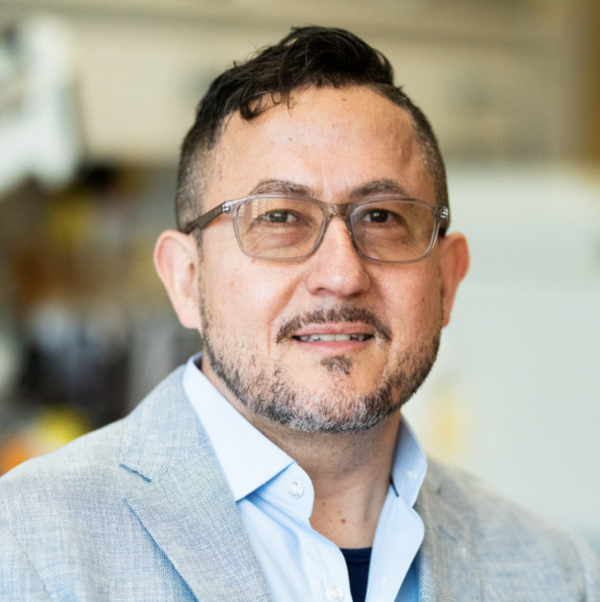-
- Find Care
-
- Visitor Information
- Find a Location
- Shuttles
- Visitor Policies
-
-
- Our Virtual Care Options
- Virtual Urgent Care
- Virtual Visits for Primary & Specialty Care
- Online Second Opinions
- Participate in Research
-
- Contact us
-
- For Innovators
- Commercialization Guide for Innovators
-
-
- Research News
- Alzheimer's Disease
- Artificial Intelligence
-
- Overview
-
- Overview
- Getting Started
- New to Mass General Brigham
- International Patient Services
- What Is Patient Gateway?
- Planning Your Visit
- Find a Doctor (opens link in new tab)
- Appointments
- Patient Resources
- Health & Wellness
- Flu, COVID-19, & RSV
- Billing & Insurance
- Financial Assistance
- Medicare and MassHealth ACOs
- Participate in Research
- Educational Resources
- Visitor Information
- Find a Location
- Shuttles
- Visitor Policies
- Find Care
-
- Overview
- Our Virtual Care Options
- Virtual Urgent Care
- Virtual Visits for Primary & Specialty Care
- Online Second Opinions
-
- Overview
- Participate in Research
-
- Overview
- About Innovation
- About
- Team
- News
- For Industry
- Venture Capital and Investments
- World Medical Innovation Forum (opens link in new tab)
- Featured Licensing Opportunities
- For Innovators
- Commercialization Guide for Innovators
- Contact us
-
- Overview
- Information for Researchers
- Compliance Office
- Research Cores
- Clinical Trials
- Advisory Services
- Featured Research
- Two Centuries of Breakthroughs
- Advances in Motion (opens link in new tab)
- Brigham on a Mission (opens link in new tab)
- Gene and Cell Therapy Institute
- Research News
- Alzheimer's Disease
- Artificial Intelligence
-
- Overview
-
- Overview
- Residency & fellowship programs
- Brigham and Women's Hospital
- Massachusetts General Hospital
- Mass Eye and Ear
- Newton-Wellesley Hospital
- Salem Hospital
- Integrated Mass General Brigham Programs
- Centers of Expertise
- Global & Community Health
- Health Policy & Management
- Healthcare Quality & Patient Safey
- Medical Education
- For trainees
- Prospective trainees
- Incoming trainees
- Current trainees
- Continuing Professional Development
Research Spotlight: Uncovering ApoE3 Christchurch’s Multi-Pathway Defense Against Alzheimer’s
Q: What methods or approach did you use?
We used mass spectrometry—a technique that identifies and measures proteins—to map how ApoE3Ch interacts with other proteins in the brain. We compared these interactions to those of the more common ApoE3 version to see what makes ApoE3Ch unique.
To confirm our findings, we ran a series of lab experiments, including tests in special cell lines designed to detect tau buildup. We also tested the effects of ApoE3Ch in a mouse model that mimics Alzheimer’s-related brain changes.
Q: What did you find?
We found that ApoE3Ch binds more tightly to tau than the standard ApoE3, helping to prevent it from forming toxic clumps. This effect was seen in both lab tests and living models.
We also discovered that ApoE3Ch interacts with a protein called Dkk1, which normally blocks Wnt signaling—a pathway that supports brain cell health. By binding to Dkk1, ApoE3Ch may help keep this protective pathway active.
Q: What are the implications?
These findings suggest that ApoE3Ch may protect the brain in two important ways: by preventing tau buildup and by supporting Wnt signaling. Together, these effects offer a strong, multi-layered defense against Alzheimer’s-related damage.
This opens the door to new treatment strategies, including the possibility of using ApoE3Ch itself—or therapies inspired by it—to help protect against Alzheimer’s.
Q: What are the next steps?
We’re now working to turn these discoveries into potential treatments. One approach focuses on developing therapies that mimic ApoE3Ch’s ability to support brain-protective pathways.
We’re also expanding our research to explore how ApoE3Ch interacts with other Alzheimer’s-related proteins. To fully understand its long-term effects, we plan to test these strategies in both lab and clinical settings.
Authorship: In addition to Perez-Corredor, Said Arevalo-Alquichire and Arboleda-Velasquez, Mass General Brigham authors include Said Arevalo-Alquichire, Randall C. Mazzarino, Michael O’Hare, Andres F. Muriel-Torres, Timothy E. Vanderleest, William P. Miller, Lina Pineda-Lopez, Shivani Patel, Nihat Polat, Leo A. Kim
Paper cited: Perez-Corredor, P., et al. “ApoE3 Christchurch and Tau Interaction as a Protective Mechanism Against Alzheimer’s Disease.” Alzheimer’s & Dementia, 2025. DOI: 10.1002/alz.70396
Funding: This work was supported by grants from the Remondi Family Foundation, the Edward N. & Della L. Thome Memorial Foundation, the Robert J. Kleberg, Jr. and Helen C. Kleberg Foundation, and the Good Ventures Foundation
Disclosures: Joseph F. Arboleda-Velasquez is listed as a co-inventor on a patent related to therapeutics based on the ApoE3 Christchurch findings filed by Mass General Brigham. Joseph F. Arboleda-Velasquez and Leo A. Kim are co-founders of Epoch Biotech, a company developing therapeutics inspired by the Christchurch variant. All other authors report no conflicts of interest
